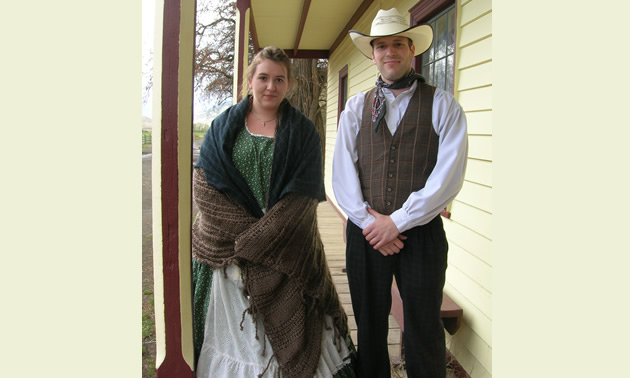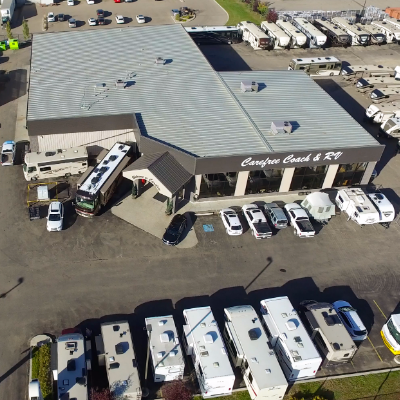Discovering rustic roadhouses
Get a history lesson, and have a lot of fun doing it

Step back into the time when transportation meant stagecoaches, bumpy roads and rustic roadhouses. Overnight visitors paid a dollar and were grateful to have a room, even when it meant sharing with 20 others and sleeping on the floor. Your journey could have included a night at Don McLean’s Hat Creek Ranch, one of the largest roadhouses amid others that were built every 20 to 30 miles along the route north.
“It was dry and warm and there was food and drink. (It) was probably quite a relief to anyone who reached the ranch on their way north,” said Don Pearse, manager of the Historic Hat Creek Ranch in Cache Creek. As part of the BC Express Line, the BX Barn was built here as a depot for swapping horses and freight—and for the roadhouse—but it wasn’t actually operated as a ranch until the early 1900s.
The rush to find gold was on and 20,000 miners were heading north into undeveloped territory, which meant there was a need for a transportation system. Wagon roads, stagecoach companies, freight carriers and roadhouses were essential and had to be started from scratch.
Donald McLean, a retired Hudson Bay trader, founded and owned the property but never held title to it. He built the very first roadhouse on the site but died in the late 1860s during the Chilcotin uprising. Over the years there were a number of owners, with the Jacksons being the last private owners who sold it to BC Hydro in the 1970s.
BC Hydro’s plans were to convert the site into a coal burning electric generation plant. Fortunately the public resistance to this prevented it from going through and the province purchased it in the 1980s, designating it a B.C. heritage property.
The non-profit Friends of Hat Creek Ranch Society are custodians and manage the historic site for the Province of B.C. Open to the public from the beginning of May to the end of September, it’s the perfect place to discover a whole different way of life than we are accustomed to.
It’s easy to place yourself back in the 1860s, as an interpreter dressed in period clothing tours you through the property to the original one-room cabin where Donald, his wife and 11 children lived.
“We try to be as authentic as we can so visitors get a sense of how life was at that time” said Pearse.
While strolling through the garden that’s still in its original location and cultivated the same way as it was back then, you won’t see any power tools, because they aren’t used here. The beautiful heritage apple orchard and collection of antique agricultural equipment is there to be enjoyed and appreciated.
Over the years each owner added or changed things on the ranch to suit their needs, and the current 26 buildings have been reconstructed on their original locations. In most cases they were able to salvage a good portion of the original materials. There are all kinds of barns to investigate, including horse barns, pig barns and chicken coops. The old saloon still houses some of the original furniture but it doesn’t look quite as comfortable as people at that time thought it was.
Exploring the buildings as they cover the timeline of the 1860s to present day is an experience and an adventure. Multi-lingual signage on each structure gives further details for understanding what they were used for, who built them and why.
The first automobile was introduced to the Cariboo in 1916, but until then the roadhouses were essential to the travellers who needed a safe and warm place to stay, food for their stomachs, feed for their horses and friendly company. By visiting and exploring the Historic Hat Creek Ranch visitors will discover and connect with a past that was rich in history and learn about a life that was difficult, yet incredibly interesting and colourful.






